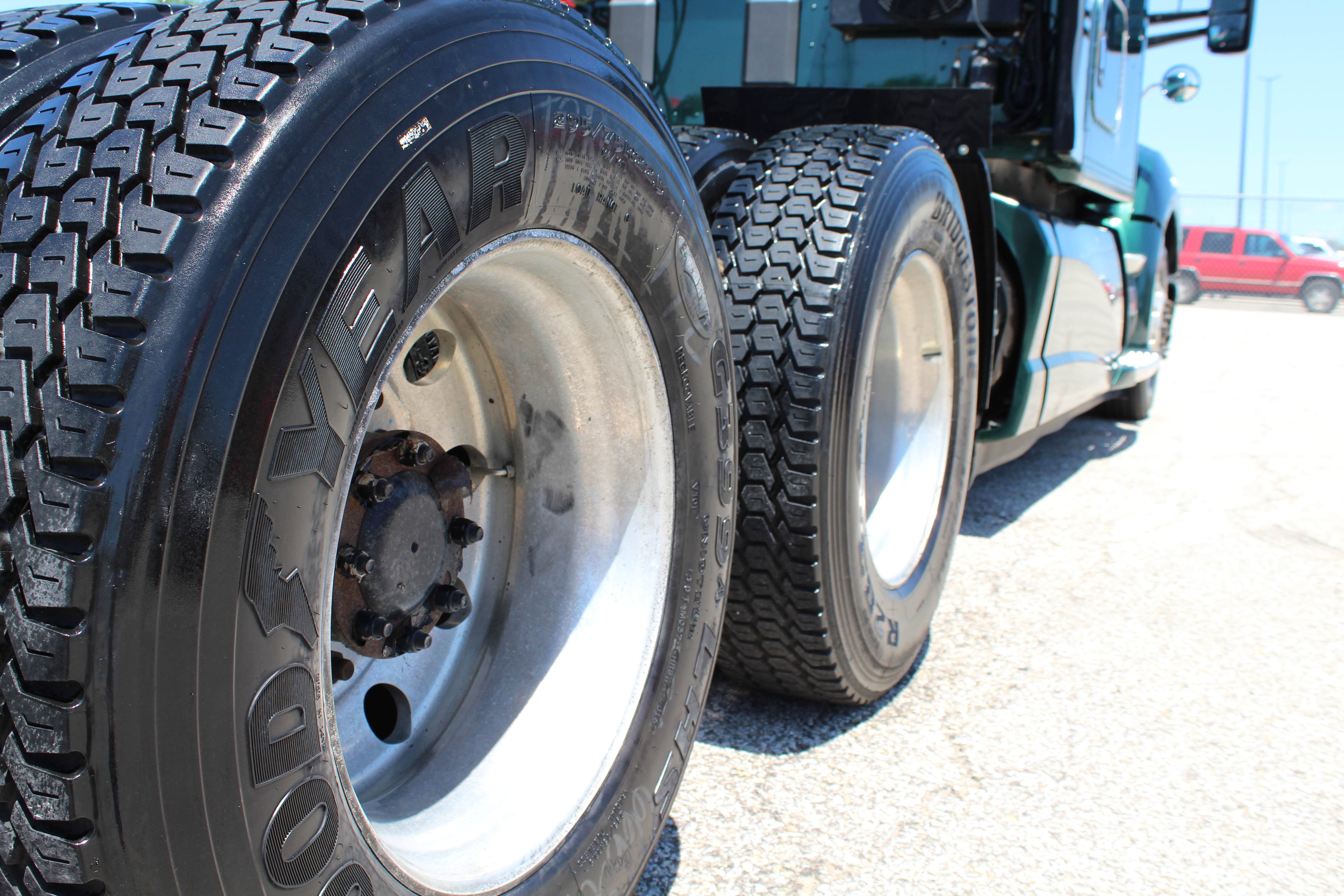Exploring the Realm of Commercial Tires: Suggestions and Hacks

When it comes to long-distance trucking, selecting the best tires can have a significant impact. Semi-truck tires are not just essential for ensuring stability and handling on the road; they also play a critical role in fuel efficiency, safety, and overall operational costs. If you're an owner-operator or a fleet manager, comprehending the intricacies of semi-truck tires can assist you navigate the vast options available, making smart selections that boost your performance on the road.
Ranging from understanding the right time to change your tires to understanding the differences between steer and drive tires, this article will provide insightful insights and practical advice for all participants in the trucking industry. This article will examine the leading brands favored by professional drivers, the significance of adequate tire maintenance, and how to pick tires based on the nature of your cargo and travel routes. Join us as we dive into the world of semi-truck tires, armed with tips and tricks to extend your tire life and efficiency.
Selecting the Suitable Tires for Your Semi-Truck
Choosing the suitable tires for your semi-truck is essential for optimizing performance and security on the road. Elements such as the type of cargo being hauled, the distance of transport, and the surface conditions must be taken into account. For instance, if you often travel on freeways with typical loads, all-season tires may do the job. However, if your trips include rough terrains or involve significant loads, investing in specific tires designed for traction and longevity is important.
Additionally, tire specifications such as load ratings and tread patterns can greatly influence your decision. Tires with higher load ratings are required for heavier freight, while specific tread designs can increase grip and fuel efficiency. Knowing these specifications will enable you to make wise choices that conform to both your operational needs and financial considerations.
Lastly, don’t neglect the importance of talking to tire professionals or manufacturers when making your choice. They can give valuable insights and recommendations adapted to your individual situation. By investing time in choosing the right tires, you’ll not only improve the safety and efficiency of your semi-truck but also extend the durability of your tires.
Maintaining Semi-Truck Tires to Achieve Extended Life
In order to guarantee the longevity of semi-truck tires, regular maintenance is essential. This begins with scheduled inspections for any evidence of damage or wear. Drivers should inspect fractures, tears, or bubbles on the sidewalls and tread. In addition, keeping an eye on tread depth is crucial as it can affect traction and handling. Any detectable uneven wear patterns should be dealt with immediately to stop further issues and ensure safety on the road.
Proper tire inflation is another key component in maintaining tire longevity. Under-inflated tires can lead to increased wear and reduced fuel efficiency, while over-inflation can cause the tread to wear more quickly in the heart. Drivers should get used themselves with the recommended tire pressures for their particular semi-trucks and consistently check tire pressure, notably before long hauls. Using https://graph.org/Navigating-the-World-of-Commercial-Tyres-Advice-and-Techniques-05-24 monitoring system can assist keep track of inflation levels.
Lastly, consistent rotation of the tires can further extend their life. Rotating tires helps to ensure consistent wear, as distinct positions on a semi-truck can experience different amounts of weight and friction. In most cases, it is recommended that tires be rotated every six to eight weeks or as specified by the maker. Together with rotation, scheduling alignment checks can prevent excessive wear and ensure that the truck remains reliable and effective on the roads.

Comprehending Tyre Regulations and Security
Tire rules for semi-trucks are regulated by strict national and state guidelines aimed at ensuring safety on the roads. The Department of Transportation defines standards for tyre performance, including specifications for tread depth, load capacity, and inflation levels. Freight companies and operators must stay compliant with these rules to avoid penalties and boost security. https://social.muztunes.co/muzsocial-members/locketpair31/activity/319406/ and knowledge of these regulations are essential for upholding lawful and operational criteria in vehicle management.
One key aspect of tyre safety is the proper care and monitoring of tyre states. DOT guidelines mandate that large trucks have a minimum tread thickness, typically requiring at least 2/32 of an inch to ensure sufficient grip. Additionally, drivers should keep an eye out for signs of wear, such as cracks, bulges, or uneven wear. Following to these standards not only fulfills lawful requirements but also significantly reduces the chance of tyre blowouts, which can lead to severe collisions.
Additionally, understanding load ratings and inflation pressures is crucial for the security and efficiency of heavy-duty trucks. Each tire is rated for a particular load capacity, and surpassing this limit can lead to tire failure. Click for info is equally important; under-inflated or over-inflated tyres can cause early wear and unsteadiness. Frequent inflation inspections and load assessments help ensure that each trip is safe and effective, allowing truck drivers to navigate the highways with assurance.
